Antioch Dunes / Black Diamond Mines
Antioch Dunes / Black Diamond Mines
On Saturday D. and I went on a special trip to Antioch Dunes National Wildlife Refuge. This refuge was created in 1980 to protect 3 endangered species found nowhere else: Lange's Metalmark butterfly (Apodemia mormo langei), Antioch Dunes evening primrose and Contra Costa wallflower.
Most of the original dunes are gone, having been mined for construction use prior to the creation of the refuge. The sand was a valuable commodity due to being comprised of fresh-water, salt-free granite originally carried down what is now the San Joaquin River from the Sierra Nevada due to glacial melt. Some habitat restoration is in progress, including rebuilding the dunes.
The refuge is normally off-limits to the public to protect the fragile habitat, but once a month volunteer-led tours are offered to a limited number of people. On Saturday D. and I went, and D. took these pics.
An enormous dumpster near the front gate holds dead silver bush lupine.
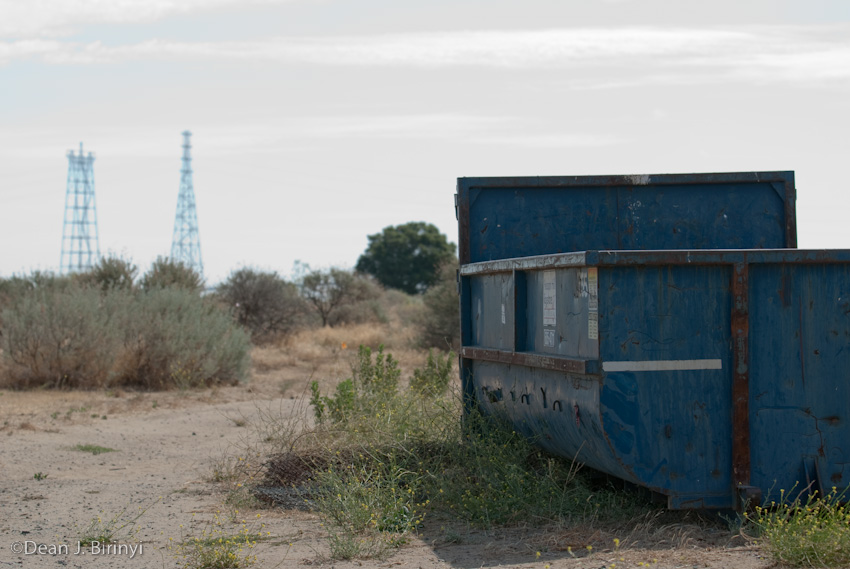
Homeless people used to cut holes in the fence and camp out in the refuge, hiding among the brush and creating fire hazards. Once the dead growth was cleared out, the homeless problem all but vanished, dramatically reducing the fire hazard, which is dangerously high already due to the tinder-dry invasive non-native annual grasses that die in the summer. A few years ago an arson fire swept through the refuge and reduced the butterfly population from about 2500 the previous year down to 47, so brush removal is critical.
Refuge Volunteer (and amateur naturalist/retired software salesman) Mike.
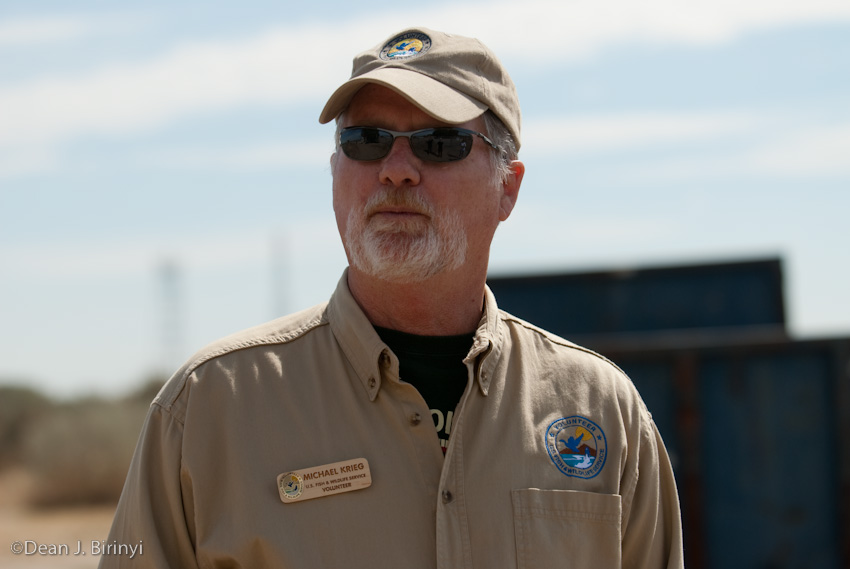
Antioch Dunes Evening primrose (Oenothera deltoides ssp. howellii)

This subspecies of evening primrose is endangered, growing only on the refuge and nowhere else in the world. It differs from its main-species cousins by being a day bloomer instead of a night bloomer. Other evening primroses are pollinated by night-flying insects, but this one attracts daytime pollinators, such as the yellow-faced bumble bee (Bombus vosnesenskii), a California native bee.
What look like twigs are the elongated seed pods of the Antioch Dunes Evening primrose. When ripe, they dehisce, or pop open, distributing seeds away from the parent plant onto nearby bare sand to germinate.
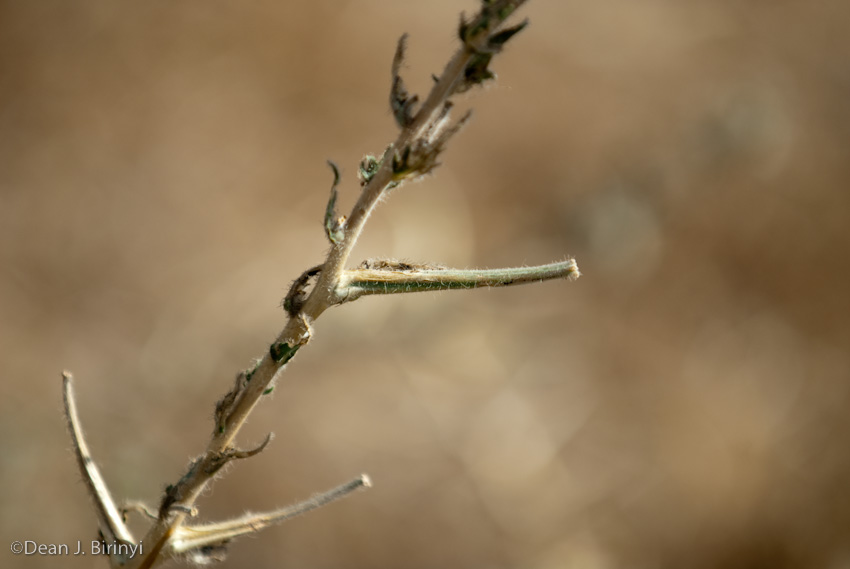
Looking southwest toward Mt Diablo.

Invasive non-native yellow star thistle (Centaurea solstitialis).

It is choking out the native plants required by Lange's Metalmark butterfly to survive.
Naked-stemmed buckwheat (Eriogonum nudum var. auriculatum).

The Lange's Metalmark butterfly lays its eggs in the crevices of the stems, and the caterpillars live in the ground at the base of the stem. Once it pupates, the butterfly lives its whole life within a hundred yards of the buckwheat plant where it happened to hatch out of its egg.
Bird tracks in the sand.

The endangered Contra Costa wallflower (Erysimum capitatum var. angustatum). It grows here at the refuge and nowhere else on Earth.
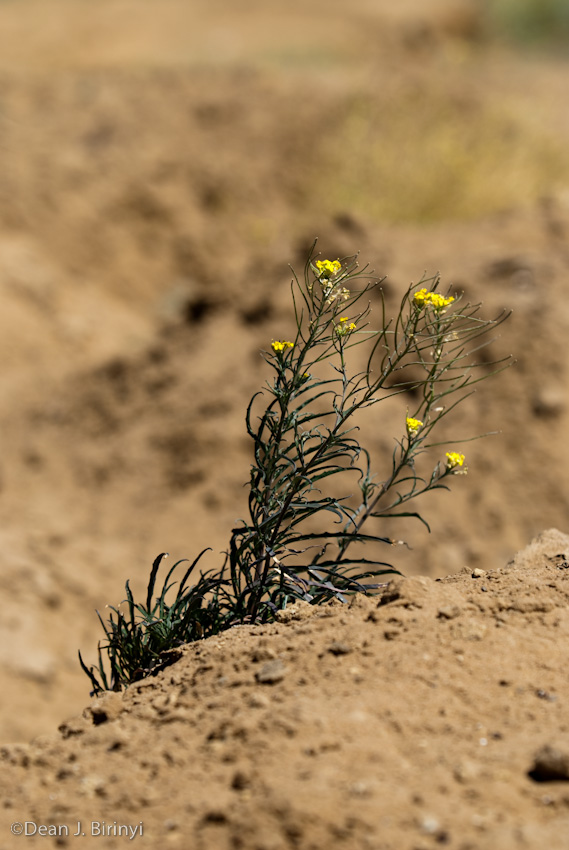
D. discovers this Contra Costa wallflower growing in the middle of the trail.

Refuge Volunteers Mike and Chris are stunned to see it there, since it prefers growing on slopes, not on flat ground. Volunteer Chris sticks a flag by it to mark it for future observation and protect it from destruction.
Harlequin beetles on a date on a non-native mustard plant.

The entrance to a California harvester ant nest shows how they put all the sand grains on one side of the hole, instead of evenly all the way around like other species do.
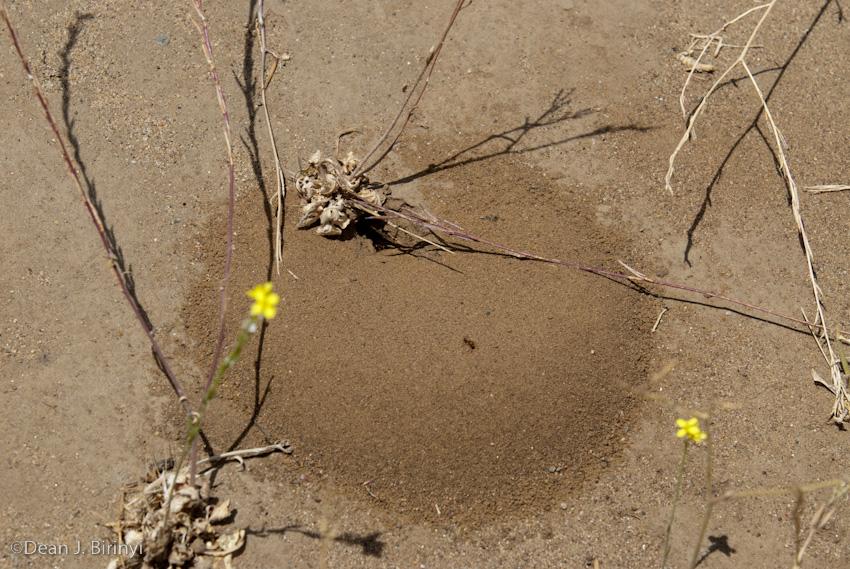
Colorful pipes at the warehouse right next to the refuge.
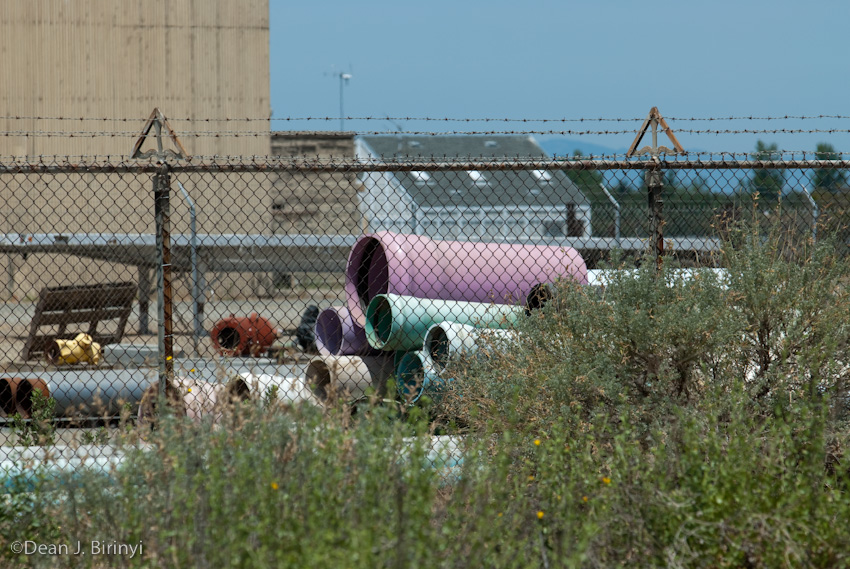
Occupied by a construction company now, it used to be a shipbuilding facility up till World War II, making wooden ships. During the war wooden ships were needed for minesweepers, since the mines used magnetic sensors to detonate at the mid-point of steel-hulled ships passing overhead. Wooden minesweepers had a reduced magnetic signature.
On our way home we take a side trip to nearby Black Diamond Mines Regional Preserve, on the flanks of Mt Diablo, where they used to mine coal, from the 1860s to about 1900, and later, sand, from the 1920s to 1949.
Some of the historical buildings in the preserve.

What the mining community looked like, ca. 1875.

At that time, the cluster of mining towns on the mountain's flank was the largest population center in Contra Costa County.
Some artifacts from the mining towns, in the preserve's museum.
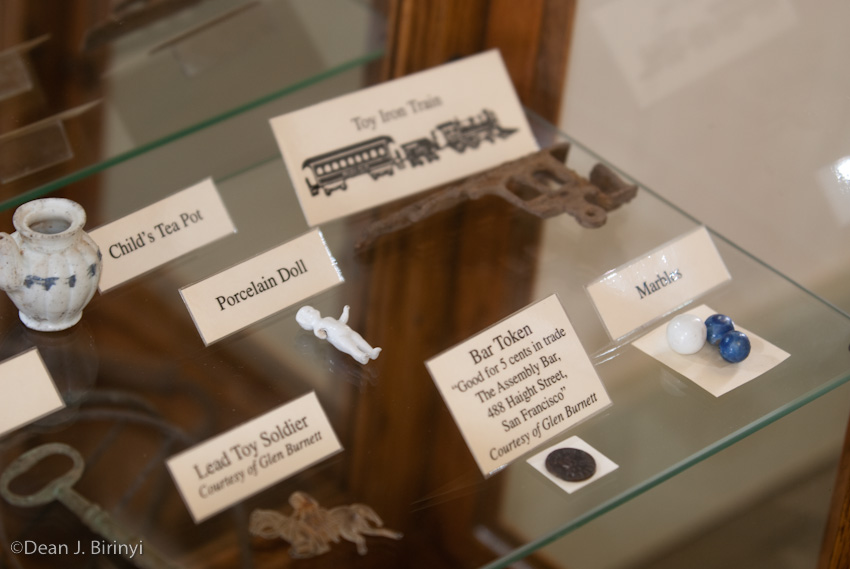

Some more historical pics in the museum.


A commemorative plaque tells about the coal field.
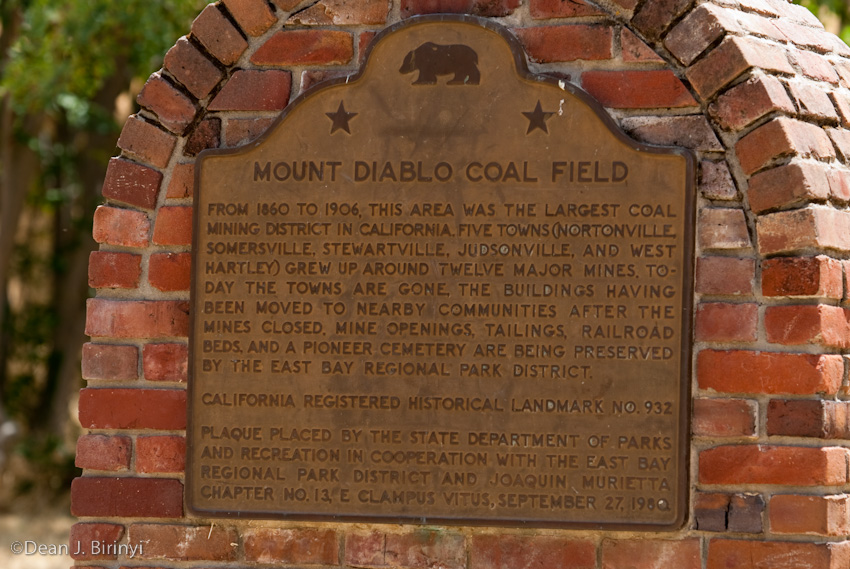
Looking up the hill toward Rose Hill Cemetery, which served as the Protestant burial ground for those among the mining communities who died during the time that the coal field was active.

Most of the deaths occurred in the 1870s, during the peak of the mining operations. Some died in mining accidents; others were victims of diphtheria, scarlet fever or smallpox. Most were Welsh.
The miners planted a lot of non-native trees, including lots of ailanthus.


The portal to the Hazel-Atlas sand mine, once used in glass making.
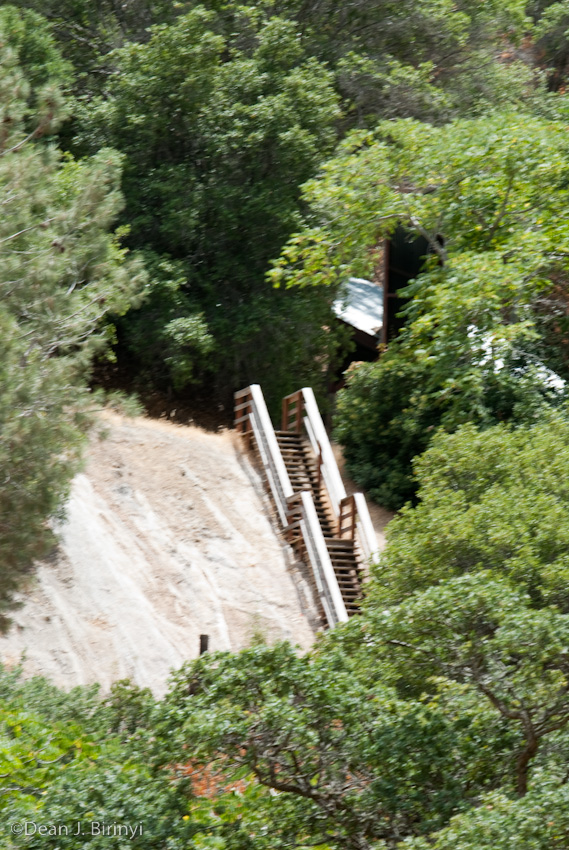
Some of the dramatic landscapes as we ascend the trail to the cemetery.






The dry grasses seem to blaze in the relentless afternoon heat.
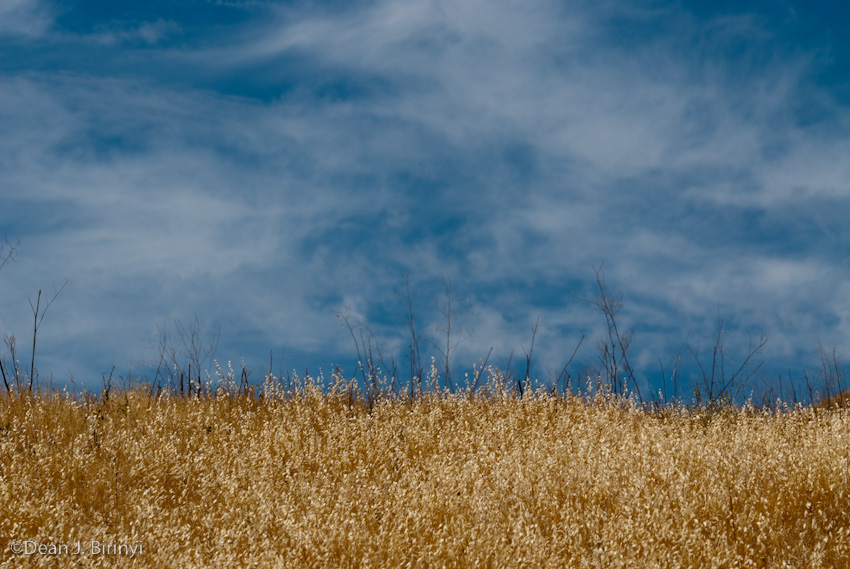
One of the headstones in the cemetery.

The cemetery was heavily vandalized before the land became part of the East Bay Regional Parks system. A large number of heastones and monuments are missing, and many more are broken and defaced.
Like the abandoned mining townsites, Rose Hill Cemetery contains several non-native imported plant species. Some were introduced for practical purposes, such as the drought-tolerant pepper tree for shade, while others were planted for their symbolic value, such as the Italian cypress, which points upward toward heaven.

Although most of the trees in the cemetery grew old and died, a few of the original plantings still survive here.
Some of the other headstones and monuments.


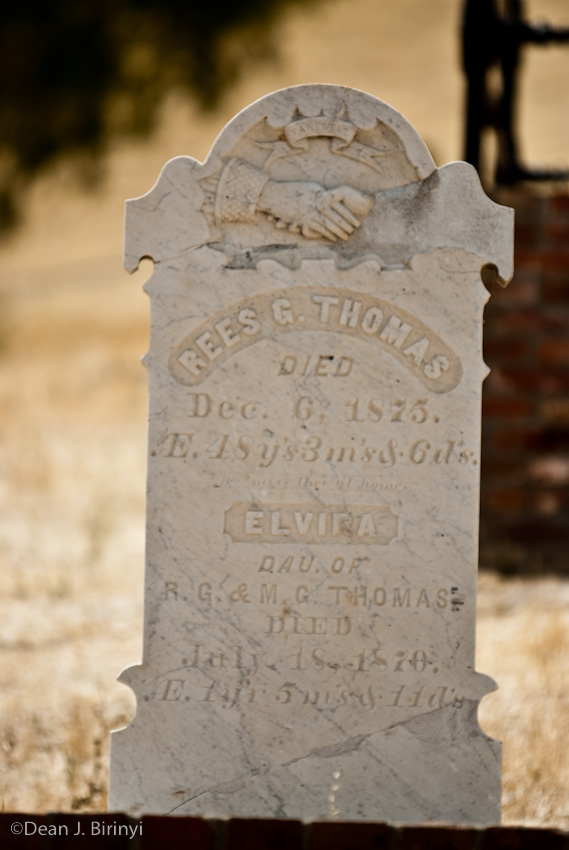







Many of them were children when they died.
A lizard basks on the brick enclosure around a markerless grave.

.
On Saturday D. and I went on a special trip to Antioch Dunes National Wildlife Refuge. This refuge was created in 1980 to protect 3 endangered species found nowhere else: Lange's Metalmark butterfly (Apodemia mormo langei), Antioch Dunes evening primrose and Contra Costa wallflower.
Most of the original dunes are gone, having been mined for construction use prior to the creation of the refuge. The sand was a valuable commodity due to being comprised of fresh-water, salt-free granite originally carried down what is now the San Joaquin River from the Sierra Nevada due to glacial melt. Some habitat restoration is in progress, including rebuilding the dunes.
The refuge is normally off-limits to the public to protect the fragile habitat, but once a month volunteer-led tours are offered to a limited number of people. On Saturday D. and I went, and D. took these pics.
An enormous dumpster near the front gate holds dead silver bush lupine.

Homeless people used to cut holes in the fence and camp out in the refuge, hiding among the brush and creating fire hazards. Once the dead growth was cleared out, the homeless problem all but vanished, dramatically reducing the fire hazard, which is dangerously high already due to the tinder-dry invasive non-native annual grasses that die in the summer. A few years ago an arson fire swept through the refuge and reduced the butterfly population from about 2500 the previous year down to 47, so brush removal is critical.
Refuge Volunteer (and amateur naturalist/retired software salesman) Mike.

Antioch Dunes Evening primrose (Oenothera deltoides ssp. howellii)

This subspecies of evening primrose is endangered, growing only on the refuge and nowhere else in the world. It differs from its main-species cousins by being a day bloomer instead of a night bloomer. Other evening primroses are pollinated by night-flying insects, but this one attracts daytime pollinators, such as the yellow-faced bumble bee (Bombus vosnesenskii), a California native bee.
What look like twigs are the elongated seed pods of the Antioch Dunes Evening primrose. When ripe, they dehisce, or pop open, distributing seeds away from the parent plant onto nearby bare sand to germinate.

Looking southwest toward Mt Diablo.

Invasive non-native yellow star thistle (Centaurea solstitialis).

It is choking out the native plants required by Lange's Metalmark butterfly to survive.
Naked-stemmed buckwheat (Eriogonum nudum var. auriculatum).

The Lange's Metalmark butterfly lays its eggs in the crevices of the stems, and the caterpillars live in the ground at the base of the stem. Once it pupates, the butterfly lives its whole life within a hundred yards of the buckwheat plant where it happened to hatch out of its egg.
Bird tracks in the sand.

The endangered Contra Costa wallflower (Erysimum capitatum var. angustatum). It grows here at the refuge and nowhere else on Earth.

D. discovers this Contra Costa wallflower growing in the middle of the trail.

Refuge Volunteers Mike and Chris are stunned to see it there, since it prefers growing on slopes, not on flat ground. Volunteer Chris sticks a flag by it to mark it for future observation and protect it from destruction.
Harlequin beetles on a date on a non-native mustard plant.

The entrance to a California harvester ant nest shows how they put all the sand grains on one side of the hole, instead of evenly all the way around like other species do.

Colorful pipes at the warehouse right next to the refuge.

Occupied by a construction company now, it used to be a shipbuilding facility up till World War II, making wooden ships. During the war wooden ships were needed for minesweepers, since the mines used magnetic sensors to detonate at the mid-point of steel-hulled ships passing overhead. Wooden minesweepers had a reduced magnetic signature.
On our way home we take a side trip to nearby Black Diamond Mines Regional Preserve, on the flanks of Mt Diablo, where they used to mine coal, from the 1860s to about 1900, and later, sand, from the 1920s to 1949.
Some of the historical buildings in the preserve.

What the mining community looked like, ca. 1875.

At that time, the cluster of mining towns on the mountain's flank was the largest population center in Contra Costa County.
Some artifacts from the mining towns, in the preserve's museum.


Some more historical pics in the museum.


A commemorative plaque tells about the coal field.

Looking up the hill toward Rose Hill Cemetery, which served as the Protestant burial ground for those among the mining communities who died during the time that the coal field was active.

Most of the deaths occurred in the 1870s, during the peak of the mining operations. Some died in mining accidents; others were victims of diphtheria, scarlet fever or smallpox. Most were Welsh.
The miners planted a lot of non-native trees, including lots of ailanthus.


The portal to the Hazel-Atlas sand mine, once used in glass making.

Some of the dramatic landscapes as we ascend the trail to the cemetery.






The dry grasses seem to blaze in the relentless afternoon heat.

One of the headstones in the cemetery.

The cemetery was heavily vandalized before the land became part of the East Bay Regional Parks system. A large number of heastones and monuments are missing, and many more are broken and defaced.
Like the abandoned mining townsites, Rose Hill Cemetery contains several non-native imported plant species. Some were introduced for practical purposes, such as the drought-tolerant pepper tree for shade, while others were planted for their symbolic value, such as the Italian cypress, which points upward toward heaven.

Although most of the trees in the cemetery grew old and died, a few of the original plantings still survive here.
Some of the other headstones and monuments.










Many of them were children when they died.
A lizard basks on the brick enclosure around a markerless grave.

.